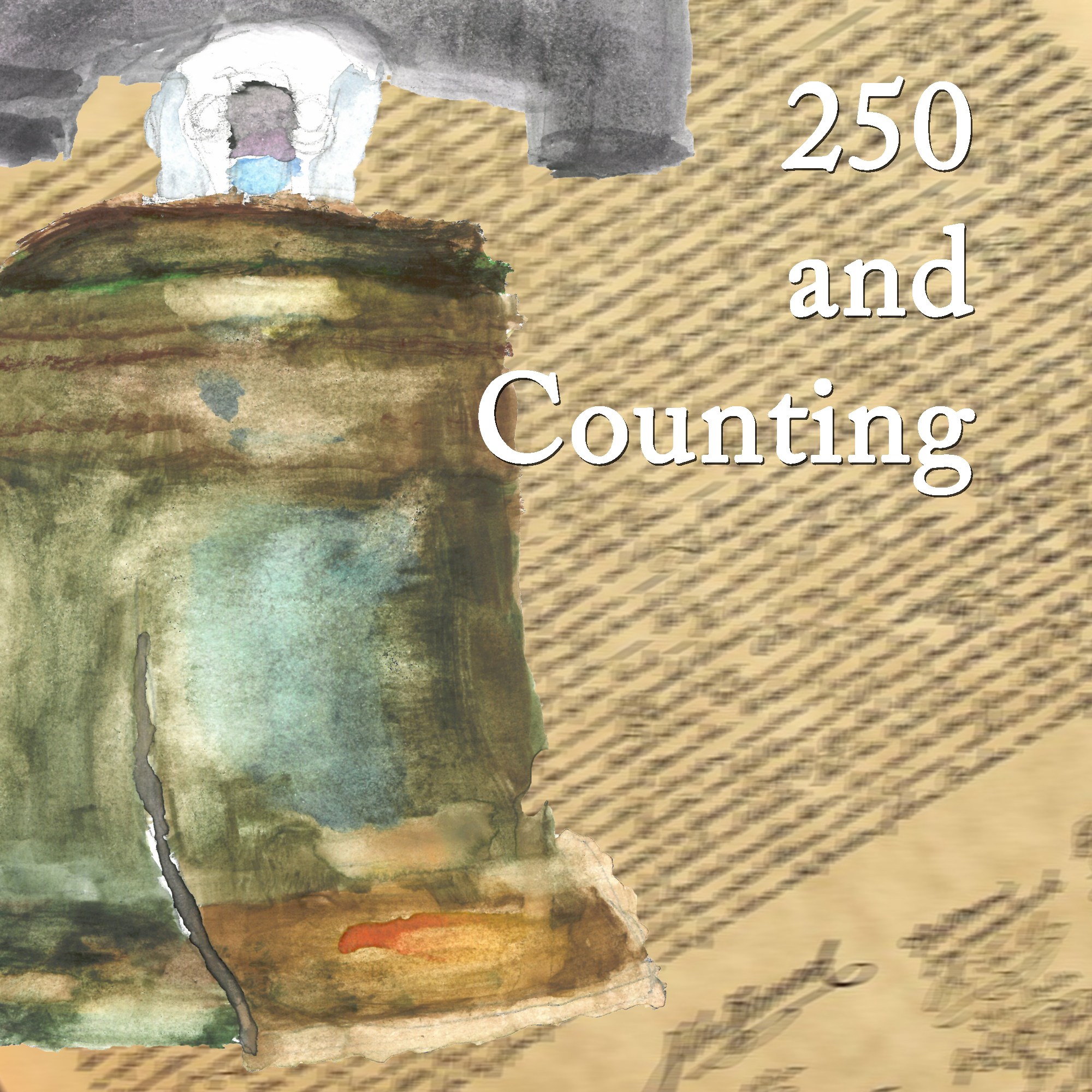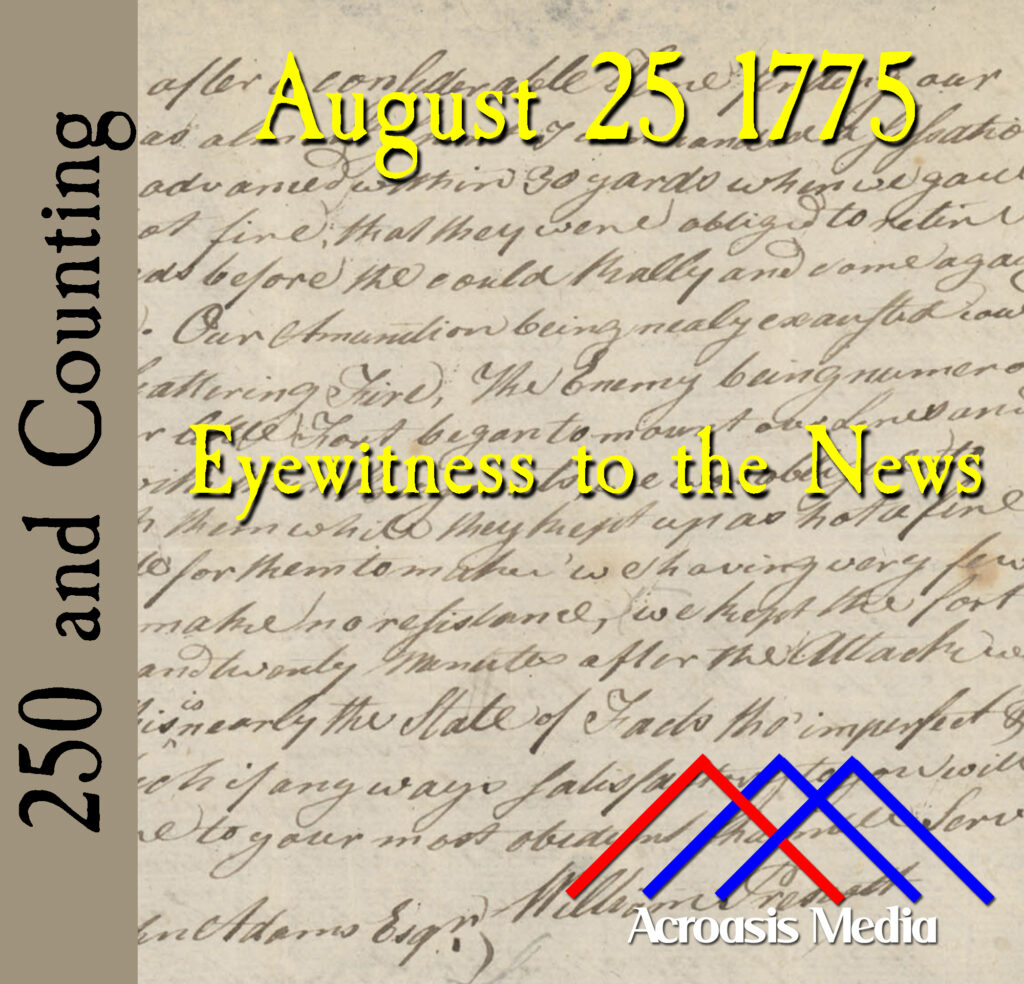
By now the British appear to accepted the fact that the war was going to go on for much longer than they thought. They thought that fighting the colonies would be a cake walk.
They discovered that it was quickly becoming a quagmire.
Fortunately they recognized it and began to make plans. Lord Dartmouth and General Howe started drawing something up that involved isolating Washington’s army from the rest of the Colonies, but George Germain, who was about to replace Lord Dartmouth, thought more aggressively. He didn’t want to defeat the Colonies; he wanted to punish them, besides.
Podcast: Play in new window | Download | Embed



